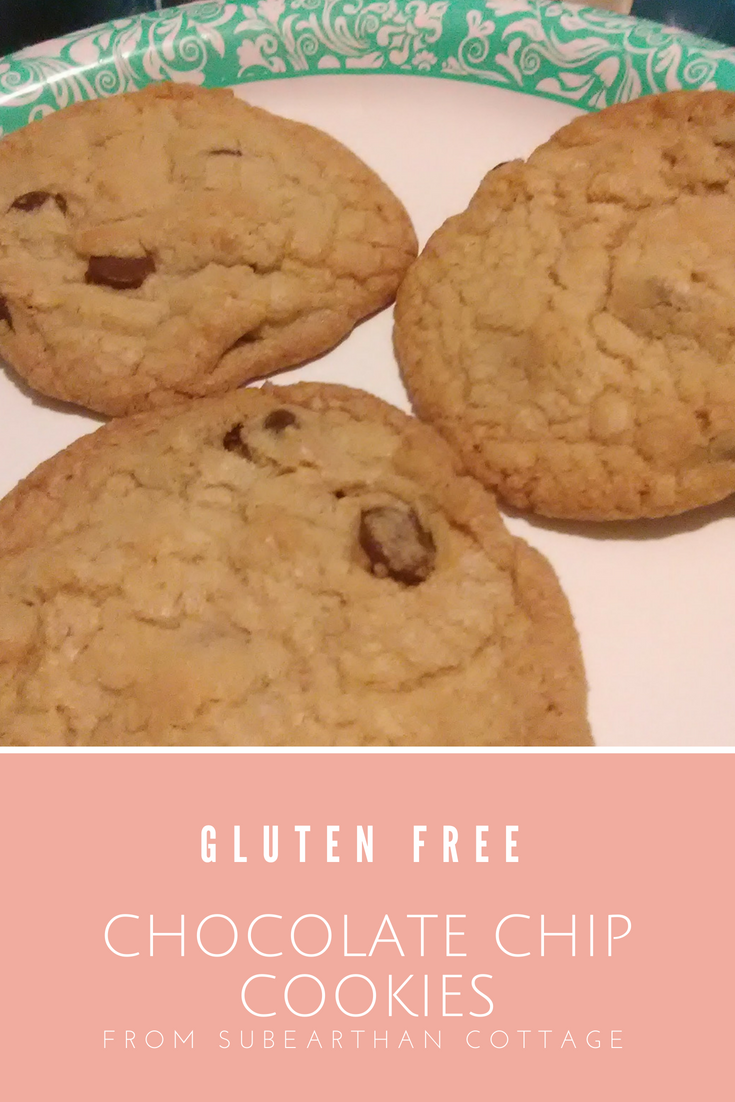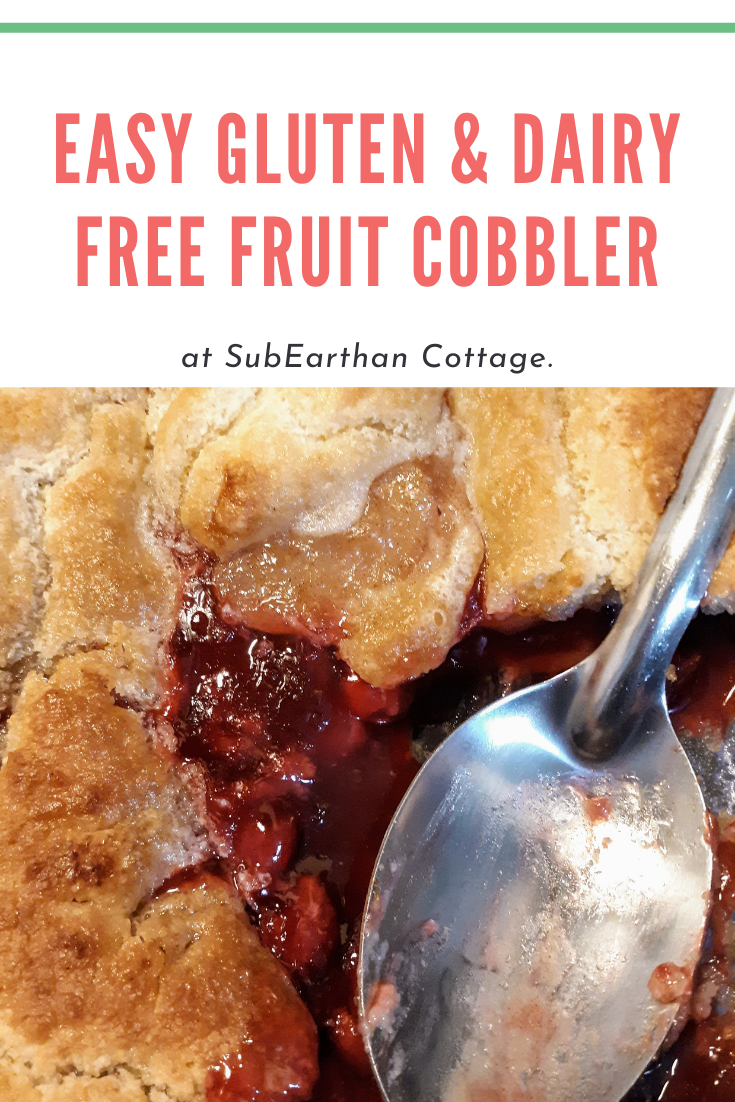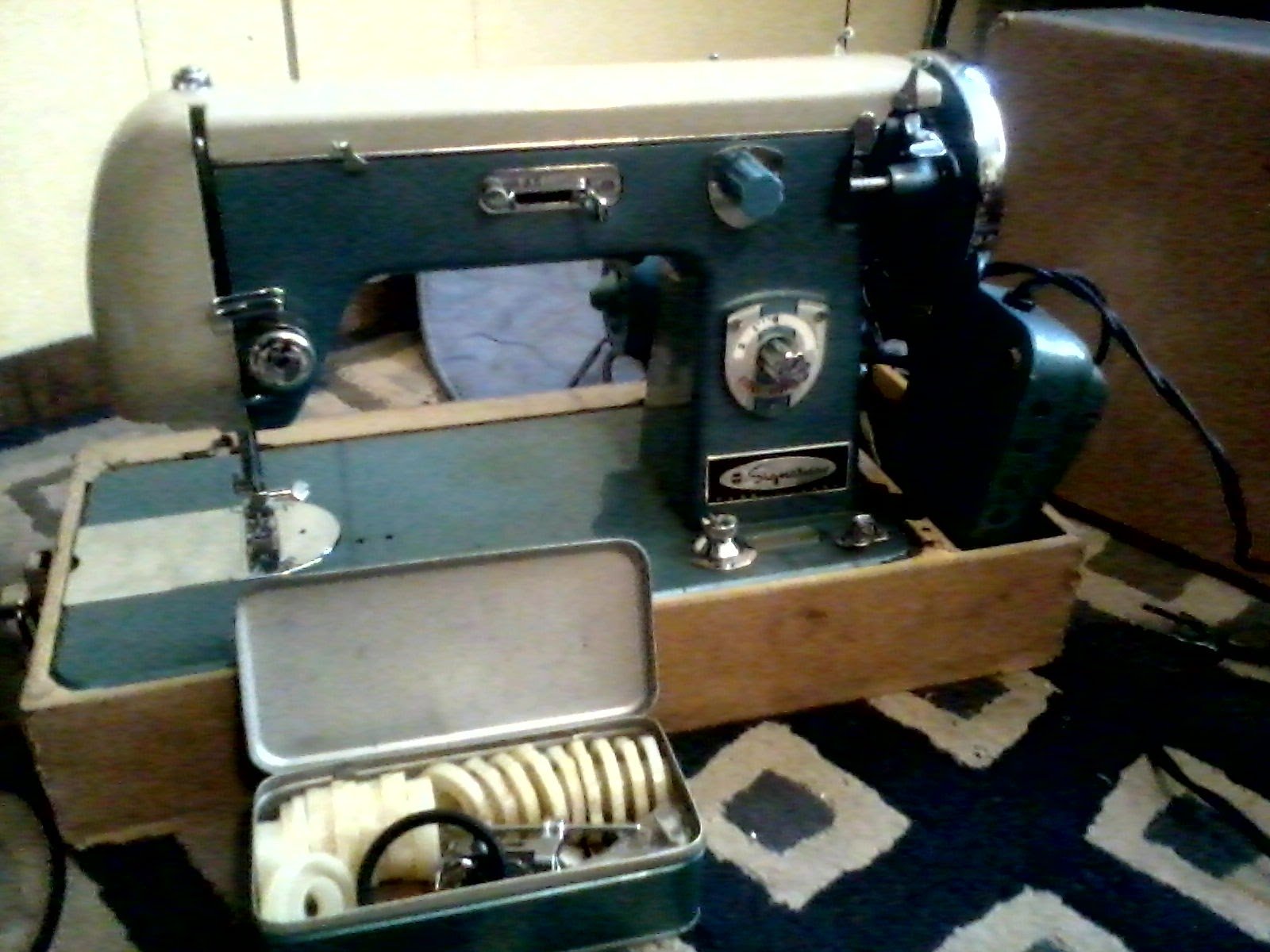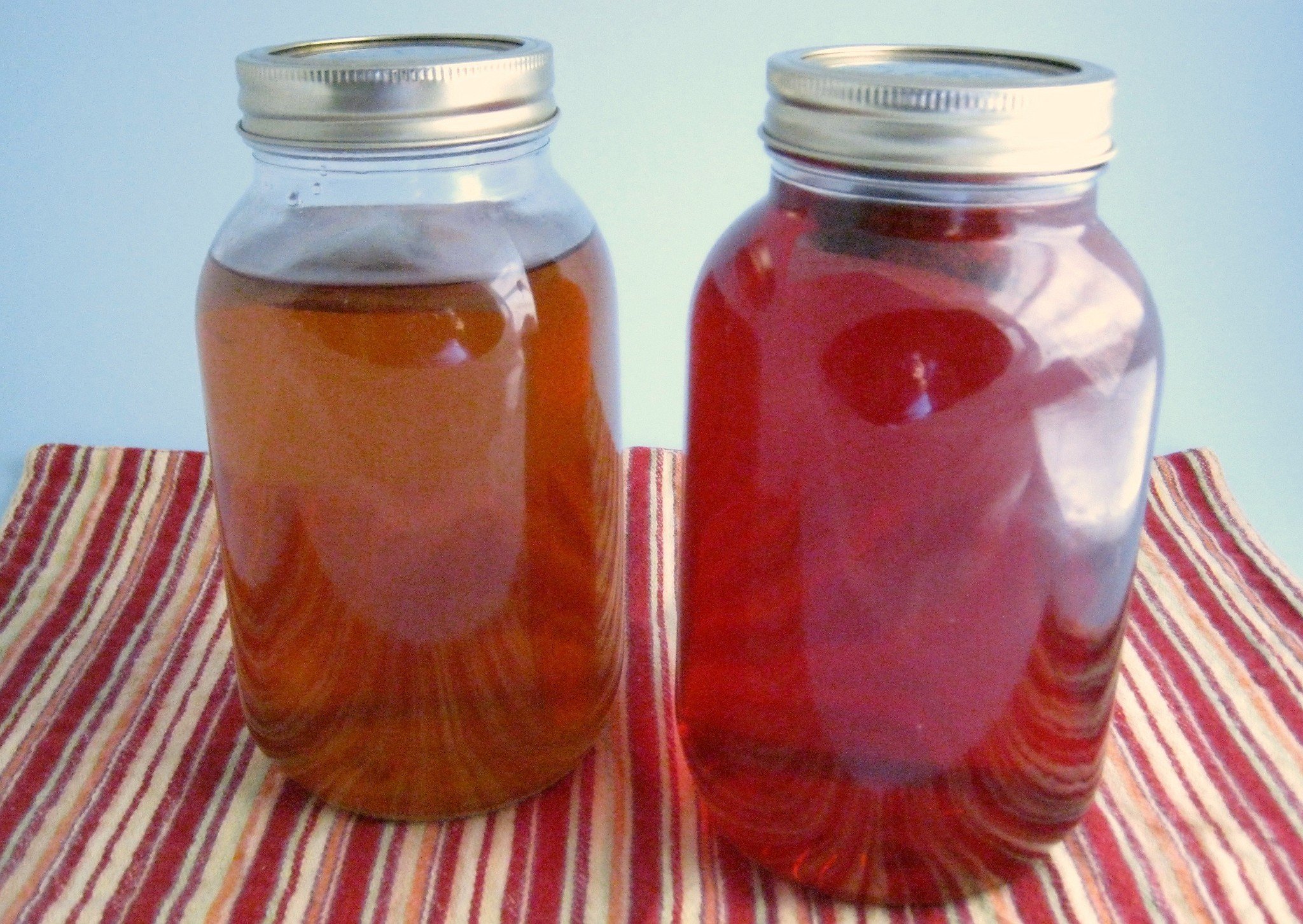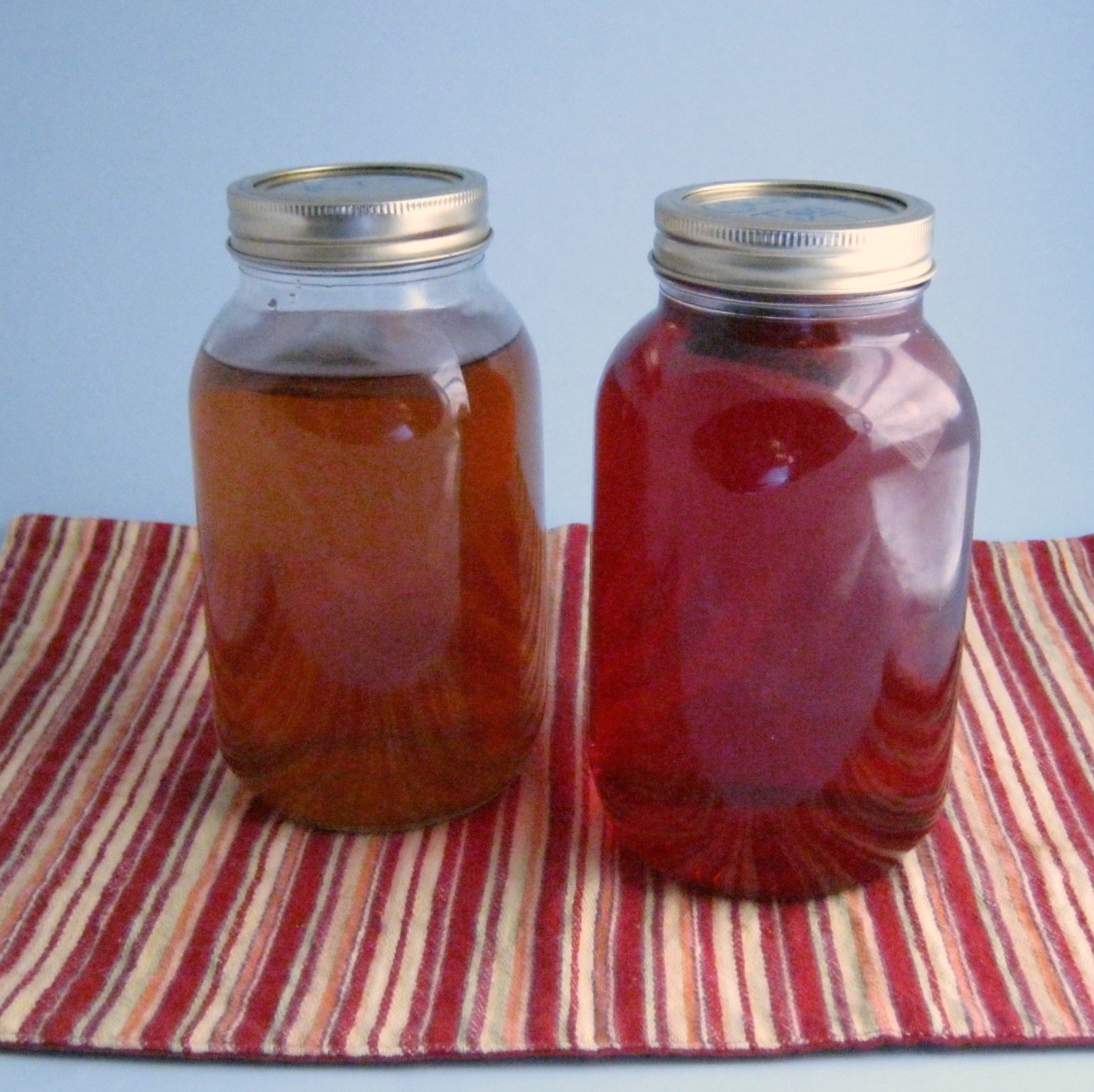I wrap my soaps in fabric because it looks nice, it allows the soap to breathe (read here for why), and because it feels better than plastic. I often wonder what happens to the wrapping. I’m sure there are some that toss it. I know of one person who collects the fabric for quilts. For those of you who, like me, don’t want to throw away something that could be useful but don’t know what to do with it, I have a tutorial for a drawstring pouch, just for you.
This is done with the wrapping from one of my soaps, but you could make it in any size you like.
Materials
Cloth wrapper from soap (roughly 8×11 inches)
Jute string from soap (about 29 inches)
Thread
Tools
Needle or Sewing machine
Safety pin or Bodkin
Scissors
Iron
First, iron your fabric flat. Then, fold down a long edge about 3/4 of an inch to one inch and press. This is for the casing. It doesn’t have to be super precise.
Sew a straight seam along the bottom of the flap to form the casing. All the sewing can be done by hand or machine. I have no time or patience, so I choose machine. Fold your material in half with right sides together like a book.
 |
| The fold is at the bottom of this photo. |
Next, starting just below the casing seam, sew down the side and across the bottom. I use anywhere from a 1/4 to 1/2 inch seam allowance for this. Again, it doesn’t have to be precise.
With scissors, clip the bottom corners, being careful not to cut your stitching. You could probably skip this step, but it helps the corners look square and crisp. Turn your bag right side out.
Now it’s time to thread the string. Tie one end of the string to a safety pin, large paper clip, or attach a small bodkin. This makes it easier to work it through the casing. Thread it through the casing, safety pin first.
Once you get the string to the other side, remove your safety pin or other tool and adjust the string so that the ends are even.
Knot the ends together once or twice to keep it from coming out.
Ta-da! It’s done! Perfect for organizing your purse, storing jewelry or other small items, or as a small gift bag.
Or holding your favorite bar of soap.
Tutorials are always a little complicated to write because it’s easy to overlook small steps in things you do frequently. If something is unclear, please ask. 🙂
If you have any other creative uses for a SubEarthan Cottage soap wrapper, I would love to hear it!











